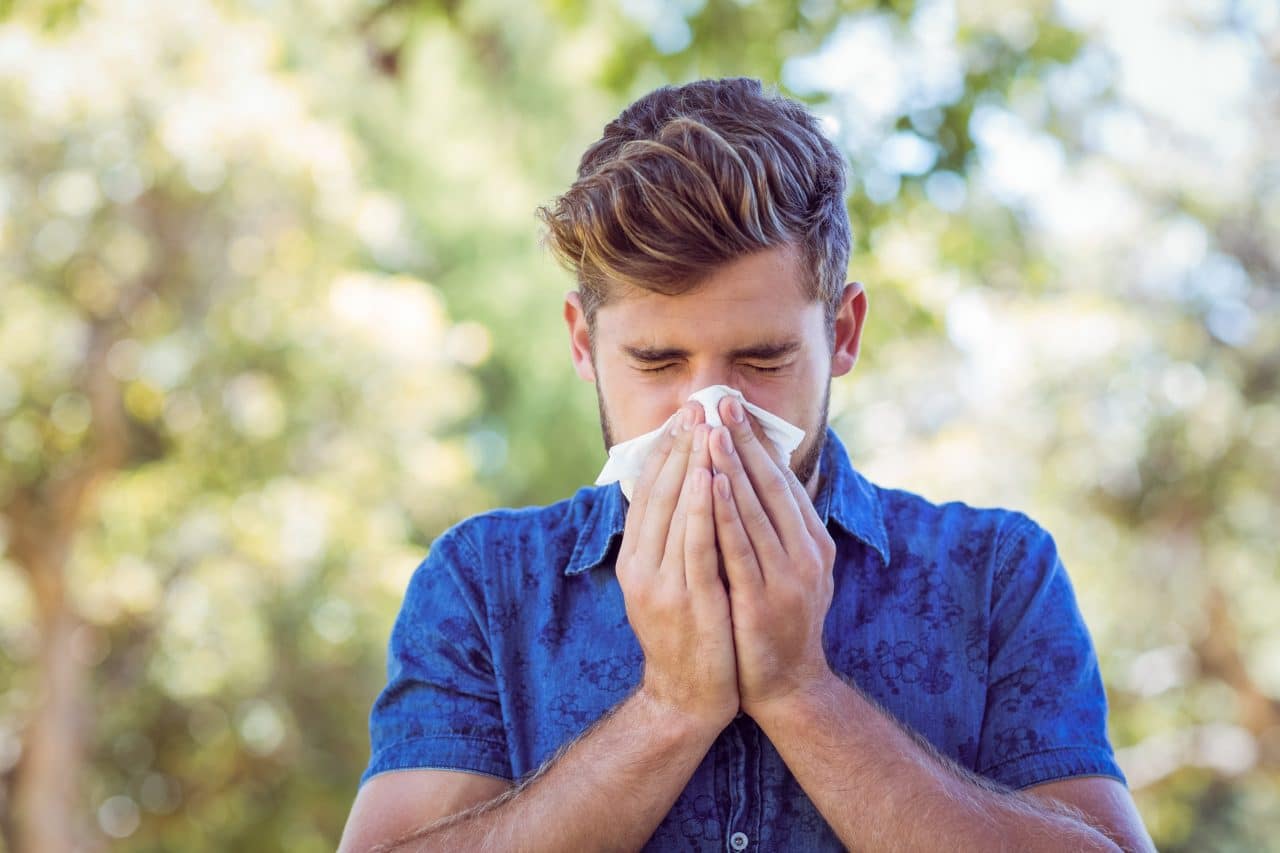Allergies are incredibly common. According to the Allergy and Asthma Foundation of America, more than 50 million people in the United States experience various types of allergies every year.
People can develop allergies to many different triggers. In general, they are broken down into three categories: ingested, contact and inhaled.
What Are Ingested Allergies?

Ingested allergies occur when a person has an allergic reaction to something they’ve eaten, otherwise known as food allergies. While a person can become allergic to any food, some common culprits include:
- Cow’s milk
- Shellfish
- Tree nuts
- Soy
- Eggs
Symptoms of food allergies can range from mild reactions like an upset stomach or hives to more intense symptoms like vomiting, swelling of the lips and eyes, and in severe cases, anaphylaxis. Anaphylaxis is an extreme allergic reaction that constricts airflow and can be fatal if not treated immediately.
The best treatment for food allergies is to avoid consuming any of your triggers. In cases of severe allergies, your doctor will likely prescribe an EpiPen to be used in emergencies.
What Are Contact Allergies?
Contact allergies occur when an allergen comes into contact with a person’s skin. Symptoms are usually isolated only on the part of the skin that directly touched the allergy trigger and frequently include:
- Redness
- Itching
- Swelling
- Blistering
They are often caused by substances like soaps, detergents, jewelry, hair dyes and plants like poison oak.
While contact allergies are unpleasant, they are rarely dangerous. Often a soothing cream and/or antihistamines can help manage your symptoms and it will clear up in a few days. For more severe reactions, you may need to visit a doctor for prescription treatment.
Just like with ingested allergies, discovering and avoiding your triggers is the only real way to prevent symptoms of contact allergies.
What Are Inhaled Allergies?
If you experience sneezing and watery eyes every time you take a hike through Cochran Shoals Trail, you may suffer from inhaled allergies.
The most common form of allergies, they are caused when someone breathes in an allergen. They are often seasonal, but in other cases can be year-round. Triggers can include:
- Pollen
- Animal dander
- Fungi
- Mold
- Dust mites
Symptoms may include:
- Runny nose
- Nasal congestion
- Itchy watery eyes
- Sneezing
- Fatigue
It may be harder to practice complete avoidance of inhaled allergens as opposed to ingested and contact allergens. However, you can reduce your exposure by doing things like keeping your windows and doors closed, vacuuming your home regularly and staying inside when pollen levels are high.
Visit an Allergist
If you believe you have allergies of any kind but are unsure of your triggers, make an appointment with an allergist. They can perform allergy testing to identify your allergens and provide you with an appropriate treatment plan based on your symptoms.
For additional information or to make an appointment with one of our experts, call ENT of Georgia North today.